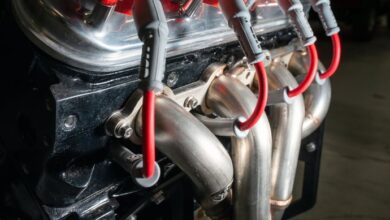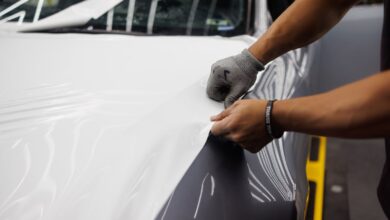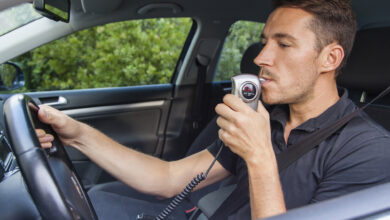Steer Clear of Trouble: A Detailed Checklist for Buying Used Cars
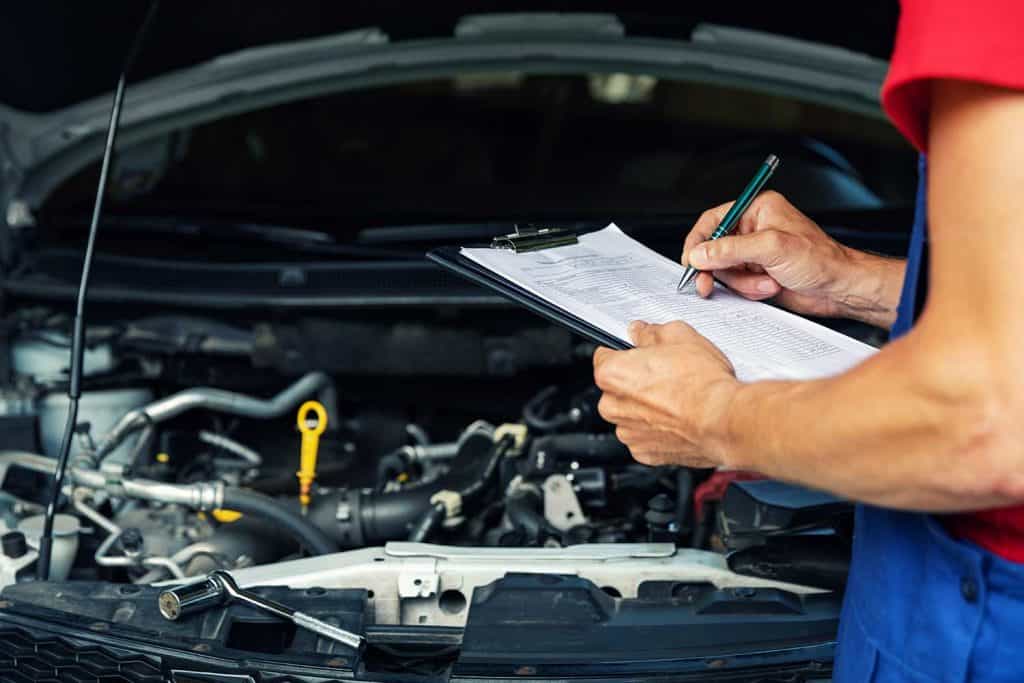
In the contemporary car market, the allure of purchasing used vehicles has seen a significant upswing. This can be largely attributed to the unmistakable benefits of cost-effectiveness and the ability to sidestep the rapid depreciation that plagues new cars.
A new car can lose a staggering amount of its value within the first few years, making the prospect of a pre-owned vehicle economically appealing. However, while the financial advantages are clear, the process of buying a used car is not without its challenges.
The importance of a detailed inspection before purchase cannot be overstated, as it plays a key role in avoiding scams and ensuring the vehicle’s safety and reliability. This article provides a comprehensive checklist that is geared towards transforming potential buyers into informed consumers, who are adept at securing value without compromising safety and quality.
If you are a first-time buyer and a beginner in inspecting vehicles, check out our article and learn how to inspect a used car as a beginner without previous knowledge.
Legal and Documentation Checks
Vehicle Identification Number (VIN) Check
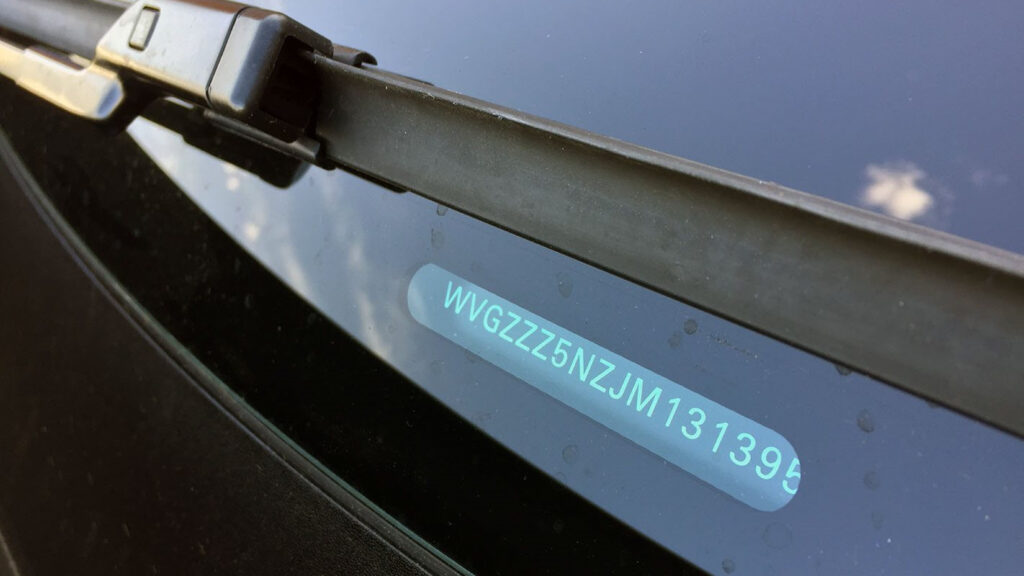
Every vehicle, such as those at Hendersonville used cars, has a unique VIN that can be used to track its history and provides detailed information about the car’s make, model, and manufacturing year. It is important to verify this number to ensure the vehicle’s authenticity matches the provided information about it.
Ownership History
The report should also include a record of previous owners. This information can be instrumental in evaluating how the car was used and maintained, and if there are any recurring issues or patterns of concern.
Previous Accidents
Assessing data about any accidents the car has been involved in helps buyers to understand the potential damage and repairs that have been made, ensuring informed decision-making.
Maintenance Records
Maintenance records within the history report detail the car’s upkeep over the years. A well-maintained vehicle is likely to be more reliable and have a longer lifespan, providing insights into the car’s overall condition.
Exterior Inspection
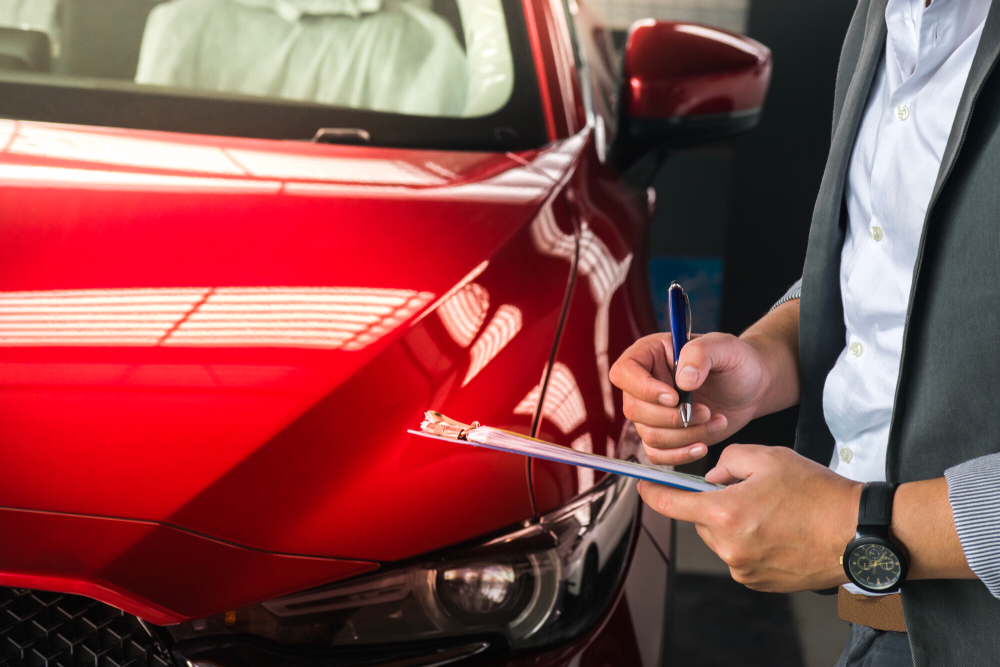
Dents, Rust, and Scratches
A thorough examination of the car’s body is essential to identify any rust, dents, or scratches. These can be indicators of past accidents, poor maintenance, or exposure to harsh weather conditions, affecting the vehicle’s aesthetic and structural integrity.
Paint Condition
Inspecting the paint condition helps in assessing whether the car has undergone repairs or repainting. Uniform paint quality ensures the car has been well-maintained, while inconsistencies might indicate underlying issues or previous accidents.
Glass and Lights
Cracks or Chips
Check all glass components, including windows and lights, for cracks or chips. These damages can impair visibility and safety while driving, and might also be indicative of accidents or impacts the car has endured.
Functionality Check
Ensure that all lights, including headlights, brake lights, and indicators are functional. Properly working lights are pivotal for safe driving, ensuring visibility and effective communication with other drivers on the road.
Tires and Wheels
Tread Depth

Assessing the tires’ tread depth ensures that they offer adequate grip and safety during drives. Worn-out treads can compromise the car’s handling, especially in adverse weather conditions, posing potential safety risks.
Signs of Alignment Issues
Misaligned wheels can affect the car’s handling and overall driving experience, leading to safety concerns and increased maintenance costs over time.
Mechanical Inspection
Engine
Inspect the engine for any visible signs of oil or other fluid leaks. Leaks can indicate wear and tear or malfunctioning components, which could lead to decreased performance and potential mechanical failures. Start the engine and listen for any unusual noises such as knocks, rattles, or squeals. These sounds can be early warnings of underlying issues, requiring further investigation to avoid future mechanical failures.
Transmission
During a test drive, pay close attention to how the car shifts gears. Smooth transitions indicate a well-maintained transmission, while hesitations or harsh shifts suggest potential issues that may require repairs. Listen and feel for any unusual sounds or vibrations when the car is in motion. These can be indicative of transmission problems, which can impact the vehicle’s performance and safety.
Brakes
Examine the brake pads and rotors for excessive wear. Worn-out brakes can severely impact the car’s stopping ability, posing a significant safety risk on the road. Brakes that are either too sensitive or unresponsive require attention to ensure the vehicle can stop effectively and safely under various driving conditions.
Professional Inspection
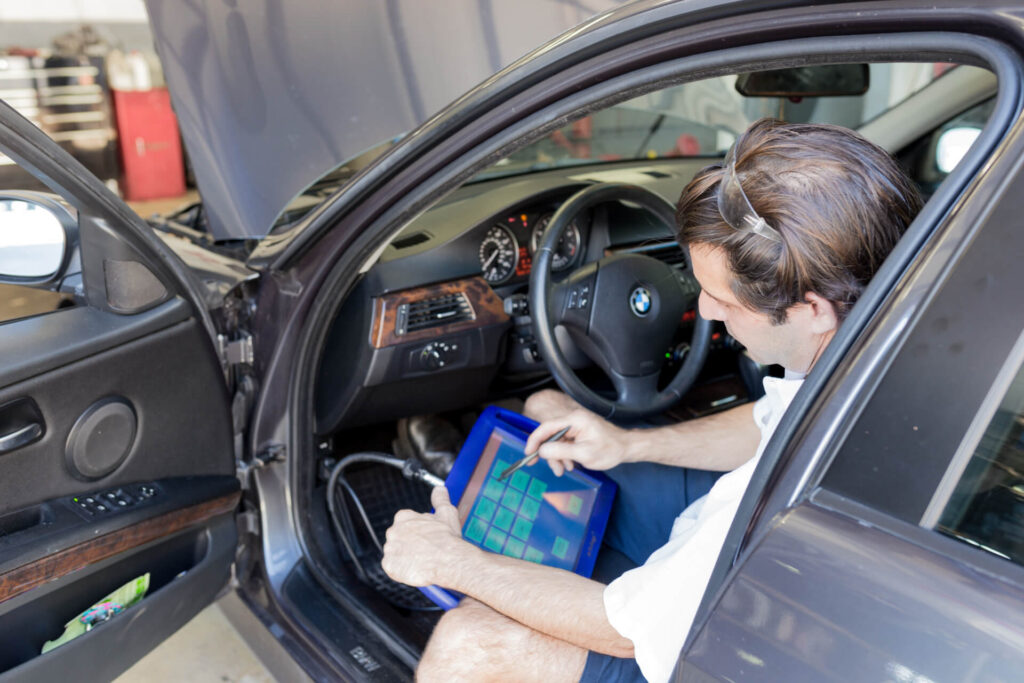
Comprehensive Inspection
Engaging a trusted mechanic to inspect the car ensures a detailed and professional evaluation. They can competently address the technical aspects, checking components that are not easily assessable to untrained eyes, ensuring the car is mechanically sound.
Identifying Potential Hidden Issues
A professional mechanic can uncover hidden issues that might not be evident during a basic inspection or test drive. Identifying these early can prevent future complications and unexpected repair costs.
When purchasing a used car, being prepared with knowledge and due diligence is your greatest asset. By adhering to the checklist laid out in this article, from legal and documentation checks to a thorough mechanical inspection and everything in between, prospective buyers can mitigate risks and make informed decisions.
A meticulously inspected and well-chosen used car can provide the dual benefits of economic savings and reliable performance, making each drive a testament to the wisdom of your investment.


